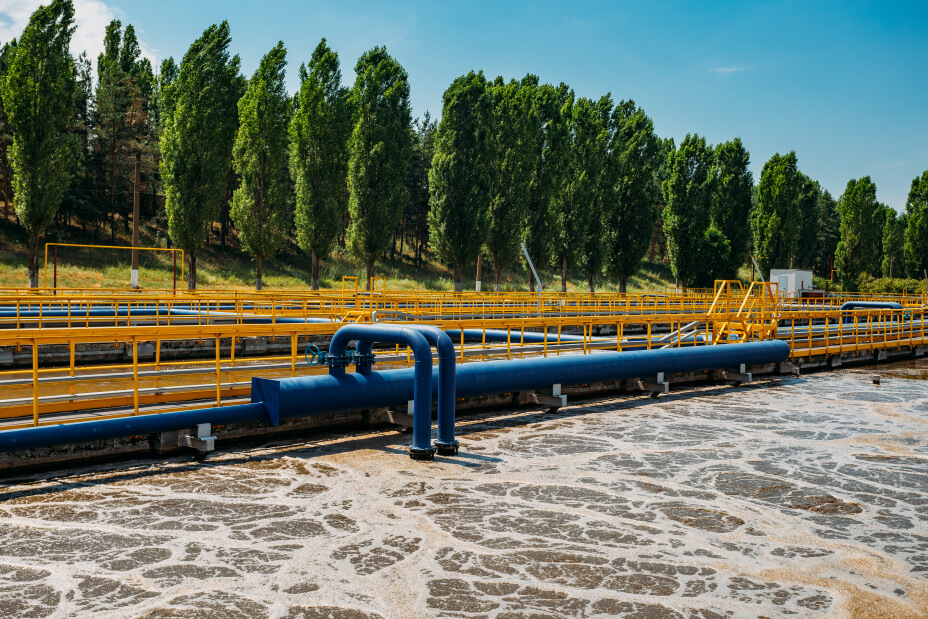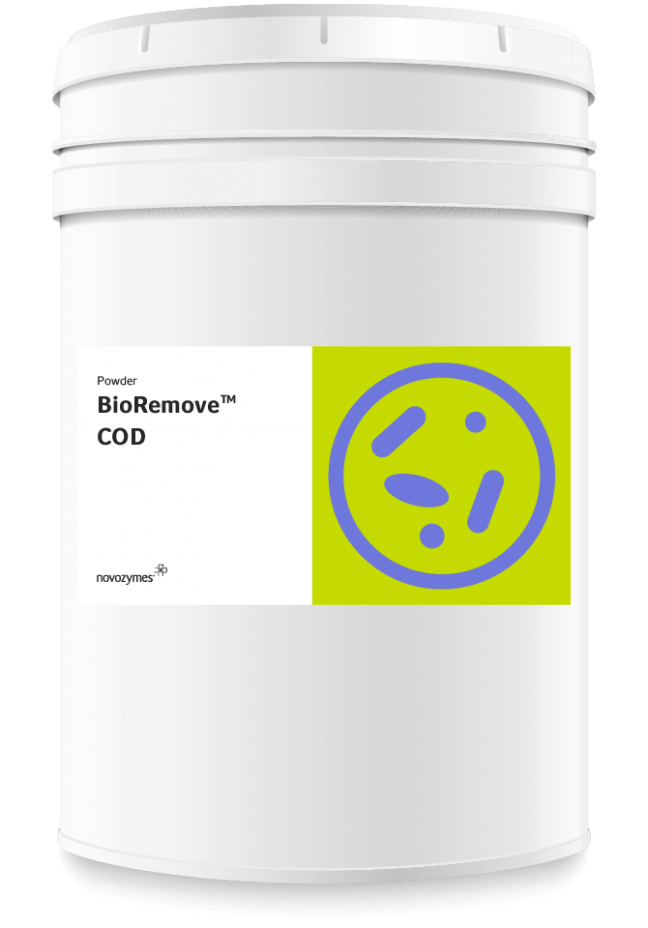Microbes for COD removal
Improve the degradation of chemical oxygen demand (COD)
Microbes for COD removal
Changing wastewater impacts COD degradation
High chemical oxygen demand (COD) levels are a challenge in many wastewater plants. Wastewater streams are complex and organic loads constantly change. This fluctuating wastewater quality can impact a plant's microbial community. A specific organic compound acts as food for a specific microbe. If the compound's concentration is too low, or if it's periodically absent from the stream, the microbe won't thrive. That means it may be absent when concentrations rise. Toxicity in the wastewater stream can also eliminate certain microbes within a community. These changes in a microbial community's population dynamics all impact COD degradation.
Acclimation and microbial communities
Acclimation is the adaptation of an organism to its natural environment. If your plant's microbial community can't acclimate to changes in the wastewater stream, biological activity can be inhibited. That leads to a drop in COD degradation, which could put your plant out of compliance. Genetics play a key role in acclimation. To target the organic compounds found in your waste stream, your plant's microbial communities need certain genes. These genes produce proteins that allow microbes to adapt to the compounds. They also produce the enzymes that target and degrade the compounds.
Bioaugmentation – a biological COD degradation technology

Bioaugmentation – a biological COD degradation technology
Our bioaugmentation solutions for COD removal contain a blend of microbes. That means they can target a broad range of organic compounds. They supplement the biological activity of your existing microbial community to increase COD removal efficiency in your plant. With our solutions, you can reduce COD concentrations in effluent, as well as reducing effluent variation. The result is improved plant stability, despite fluctuations in wastewater streams.
Which solution is right for you?
Find the right solution for you in our global portfolio, shown below. To find out more about products available in your region, get in touch with your local Novozymes representative.
* ++ equals highest benefit.
What could this mean for your business?

What could this mean for your business?
Do you want to learn more about our solutions for COD removal? Book a no-obligation meeting with a Novozymes representative.
